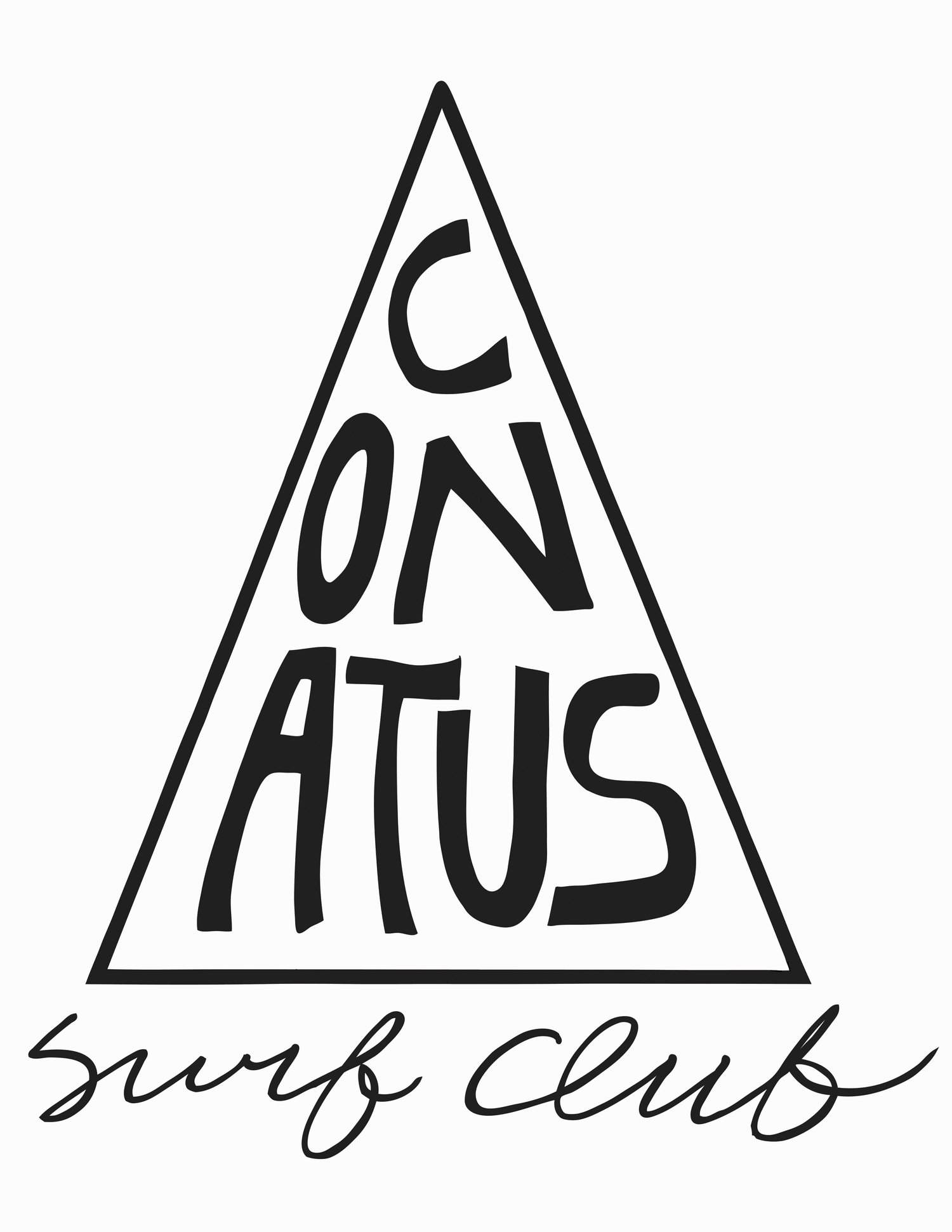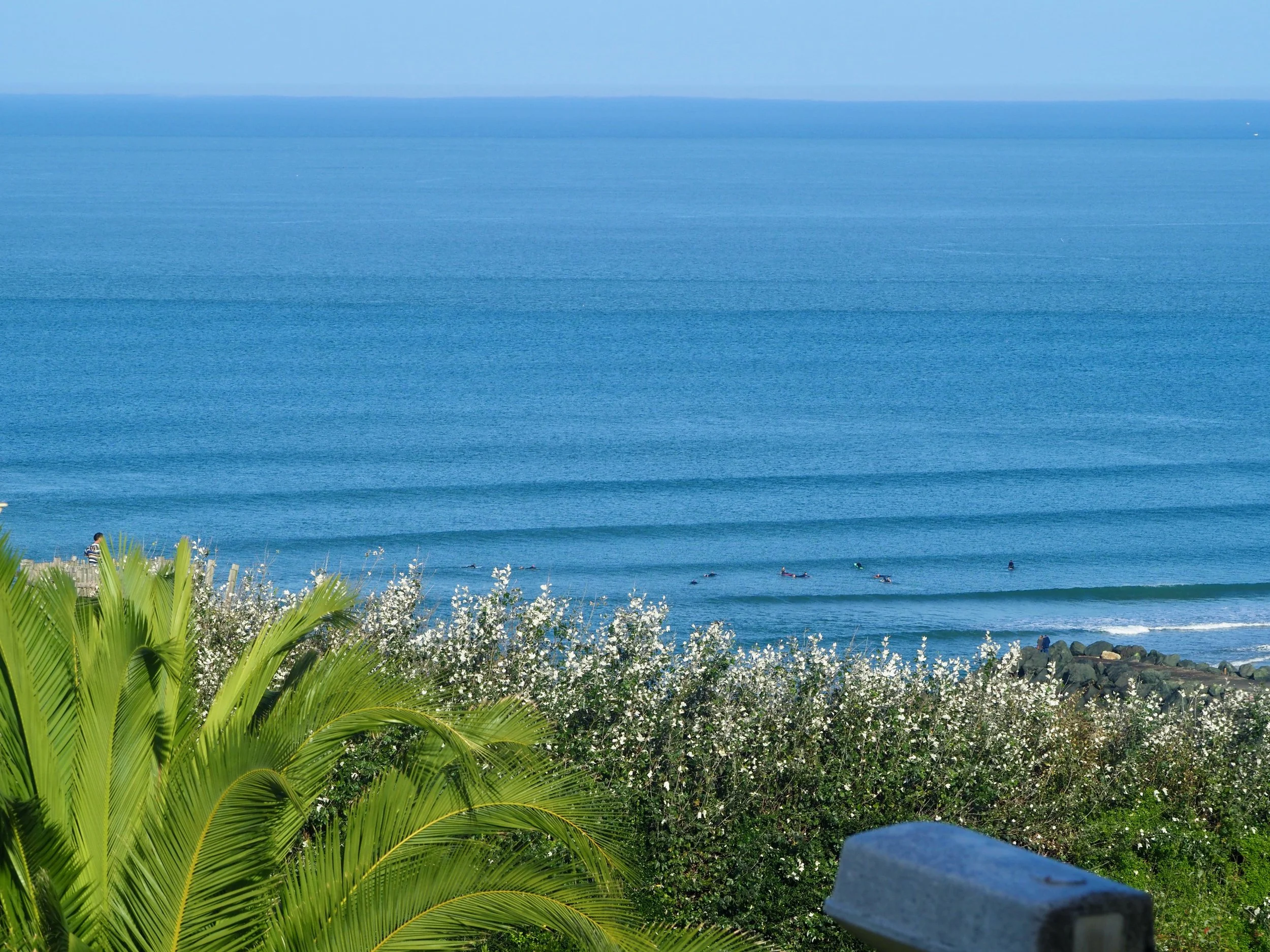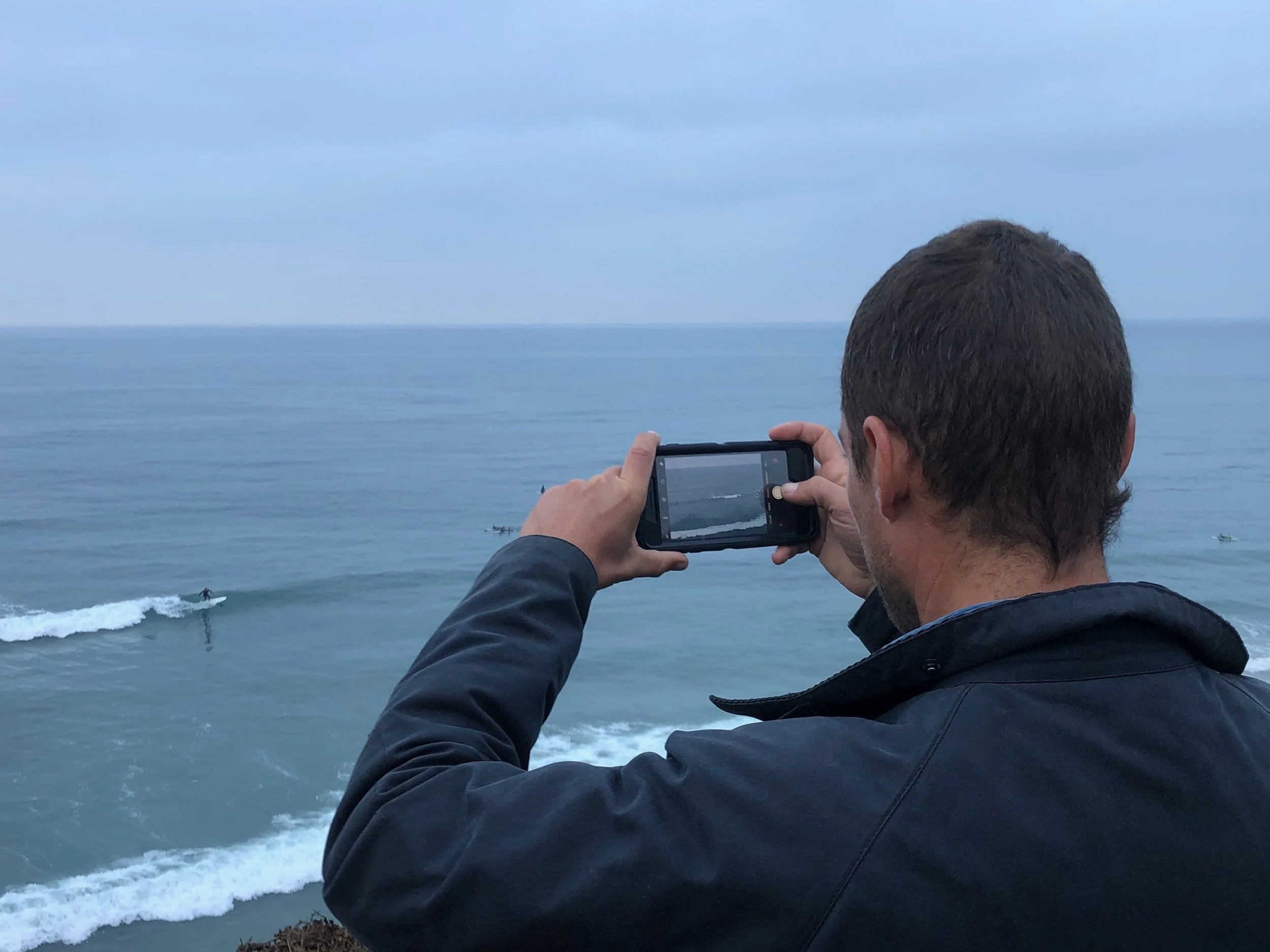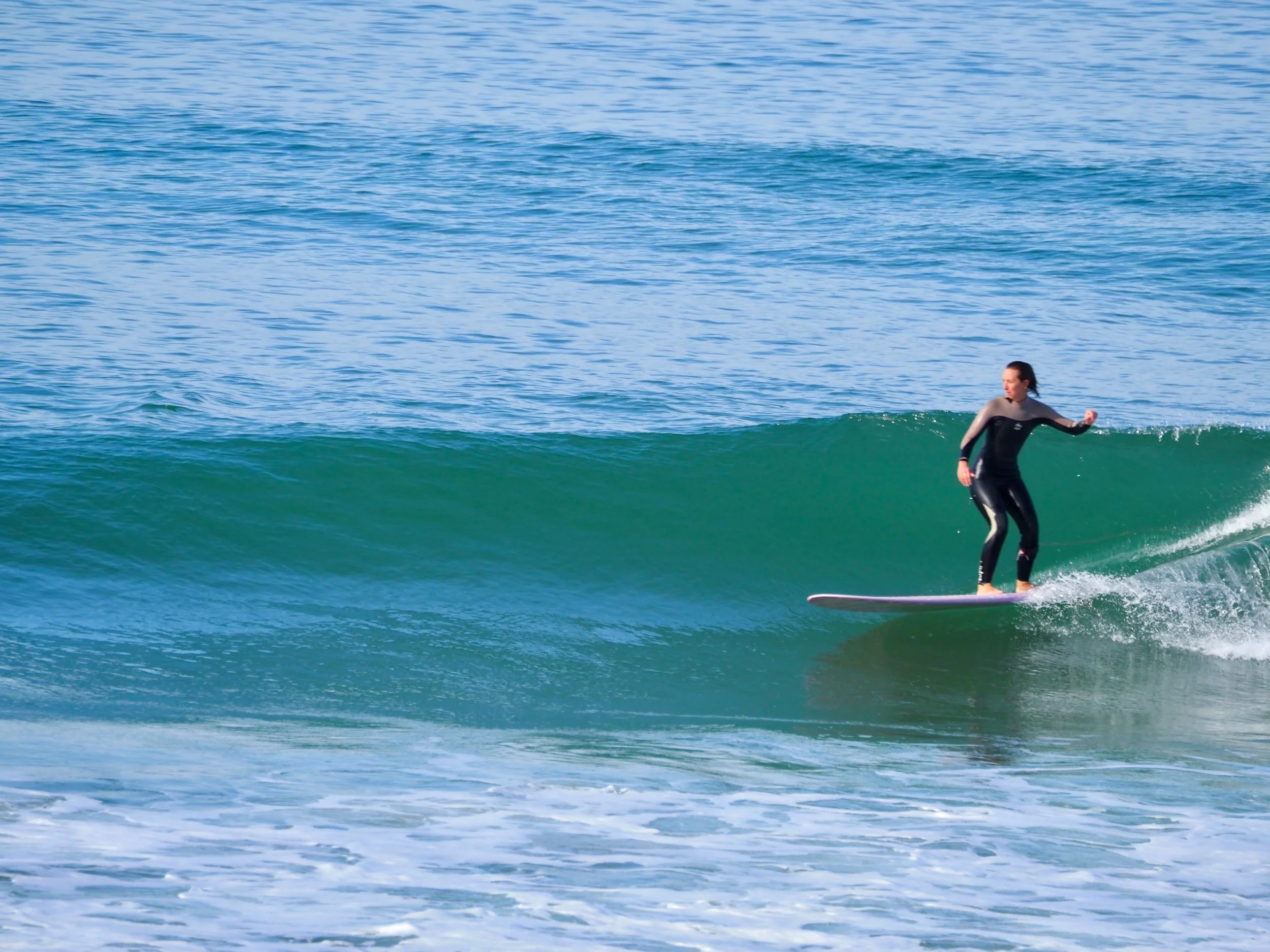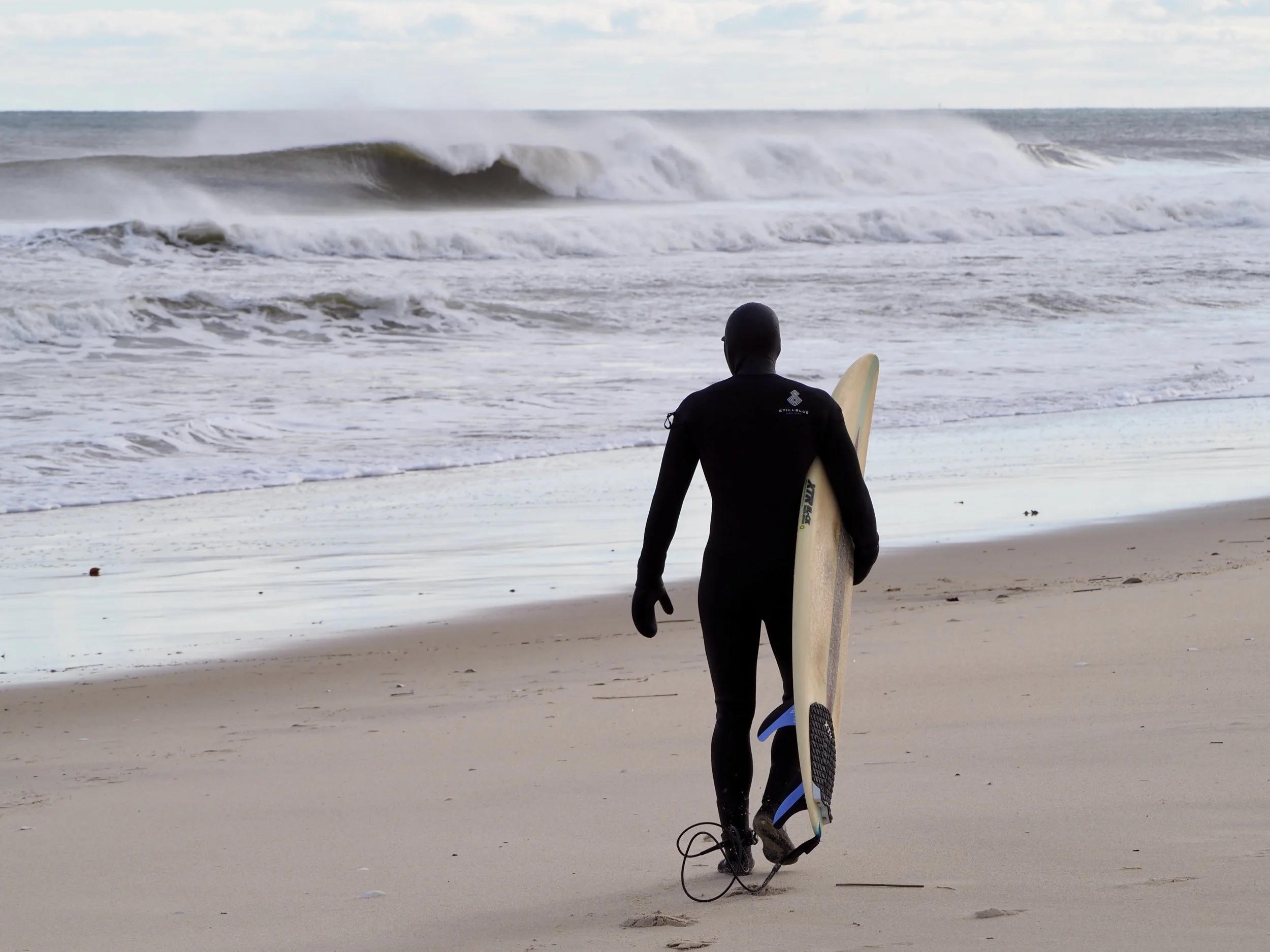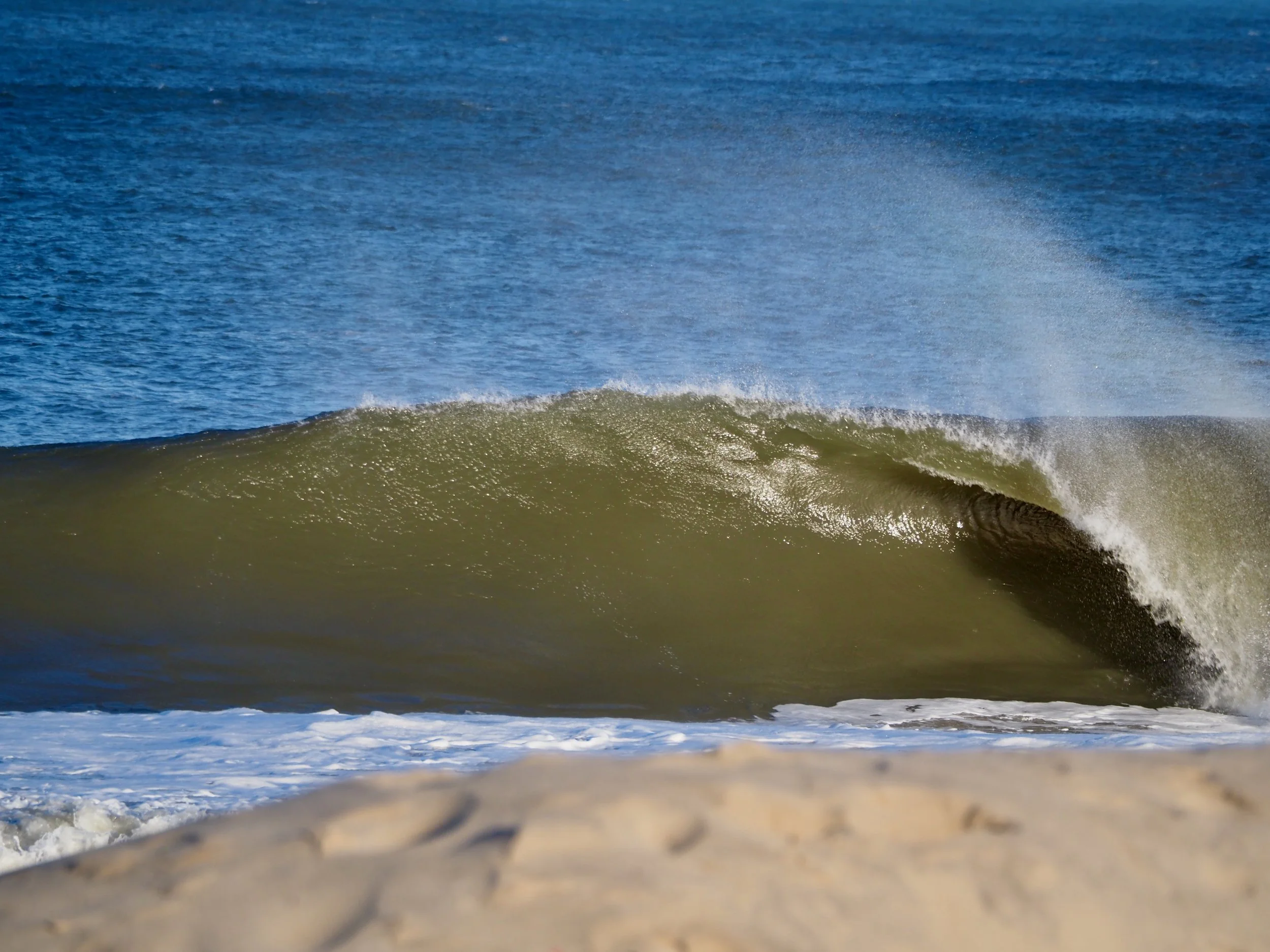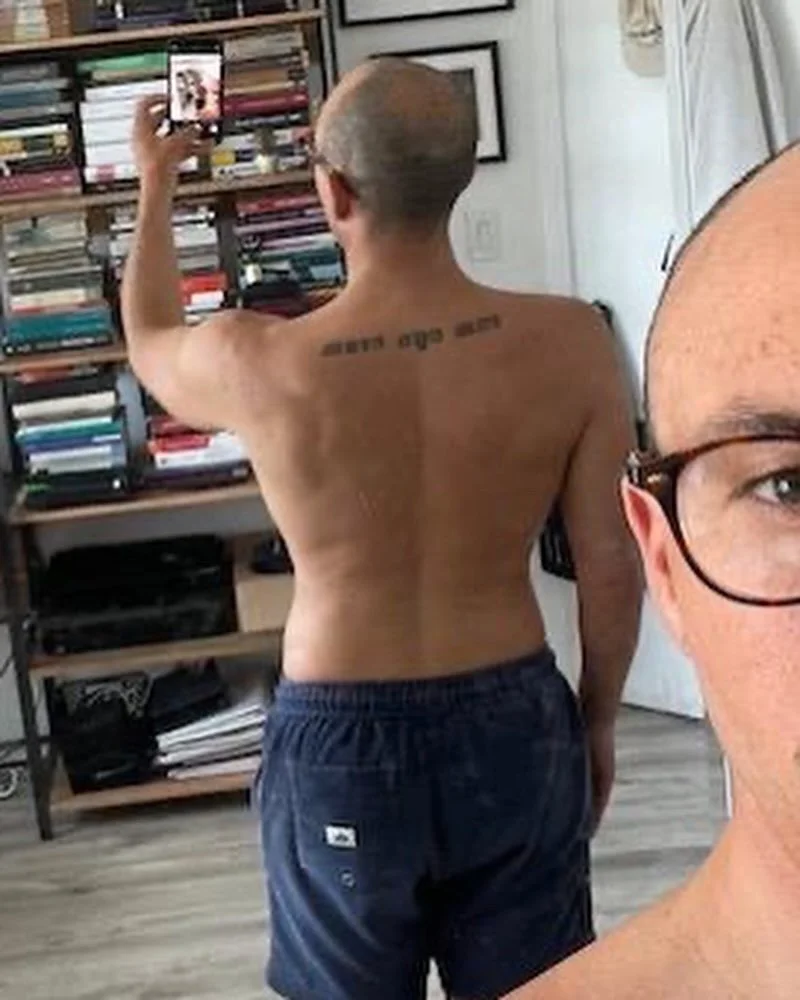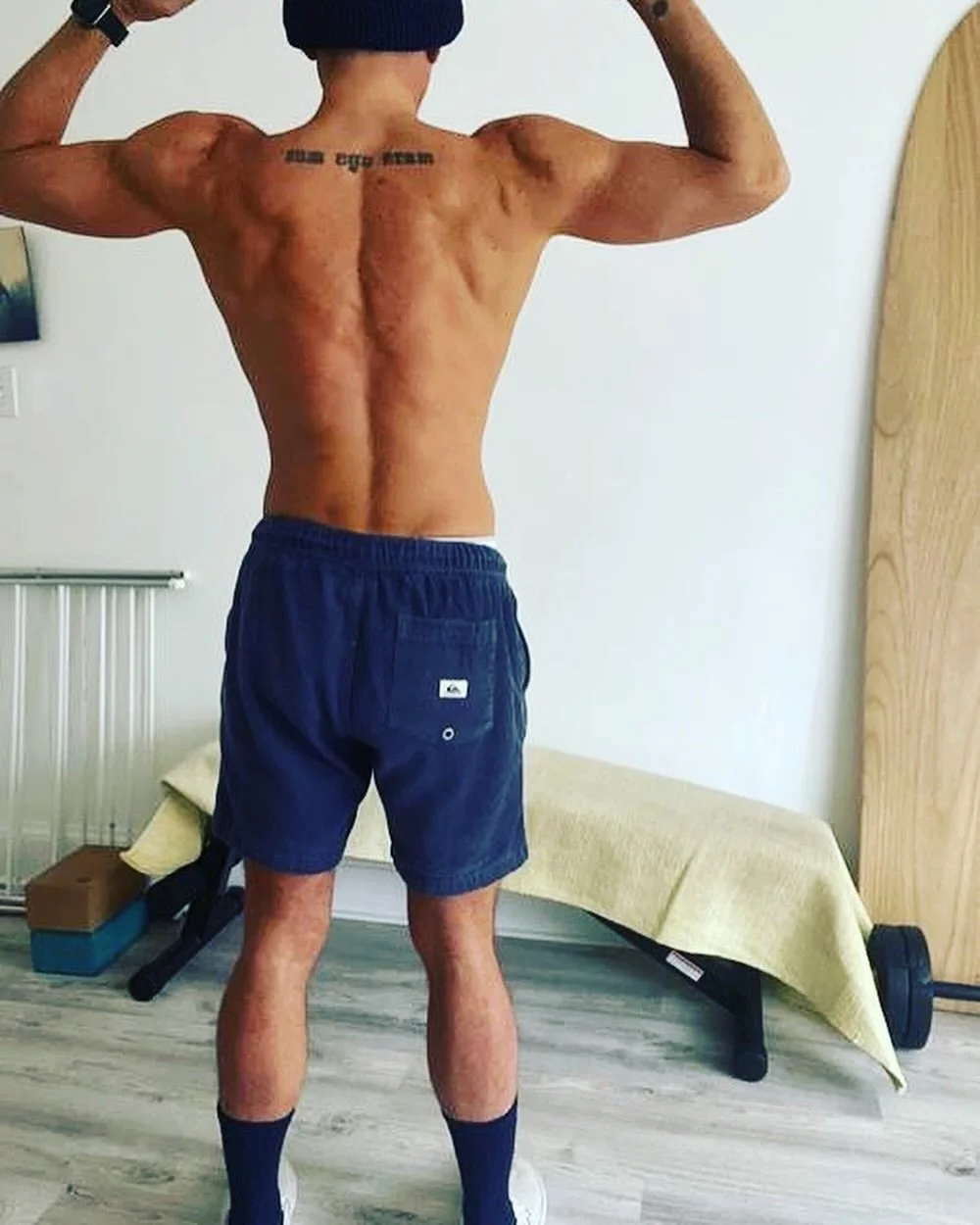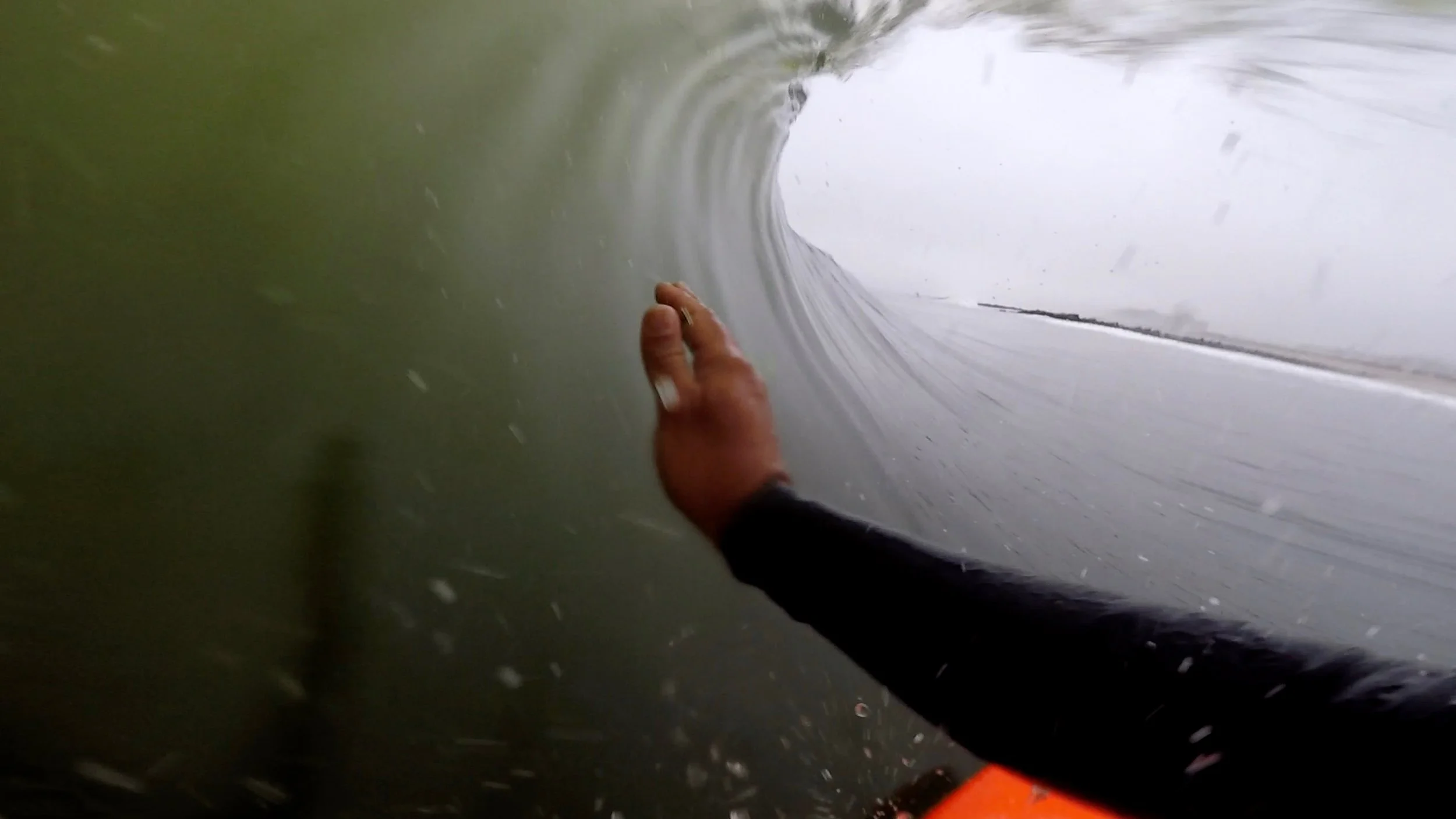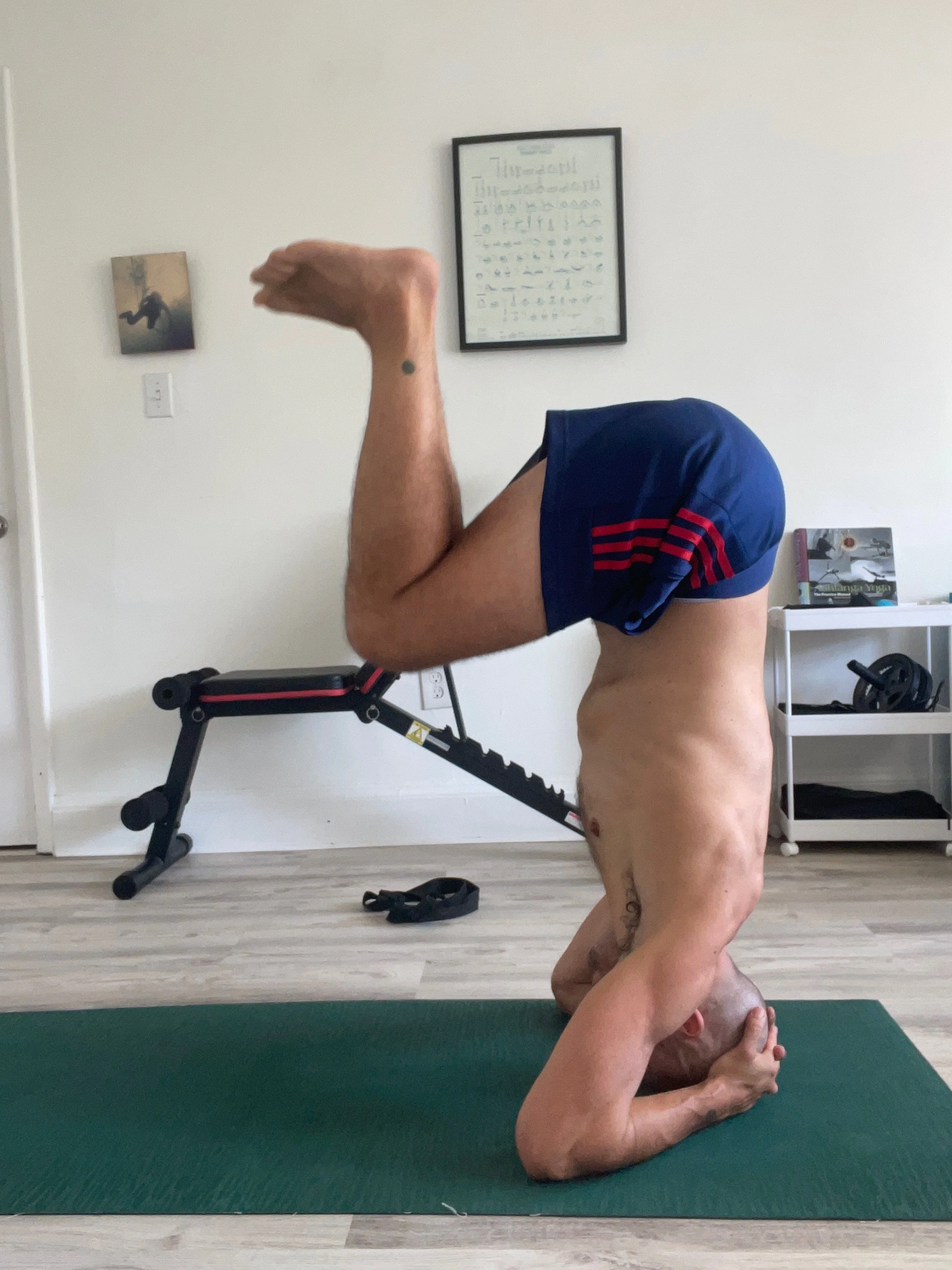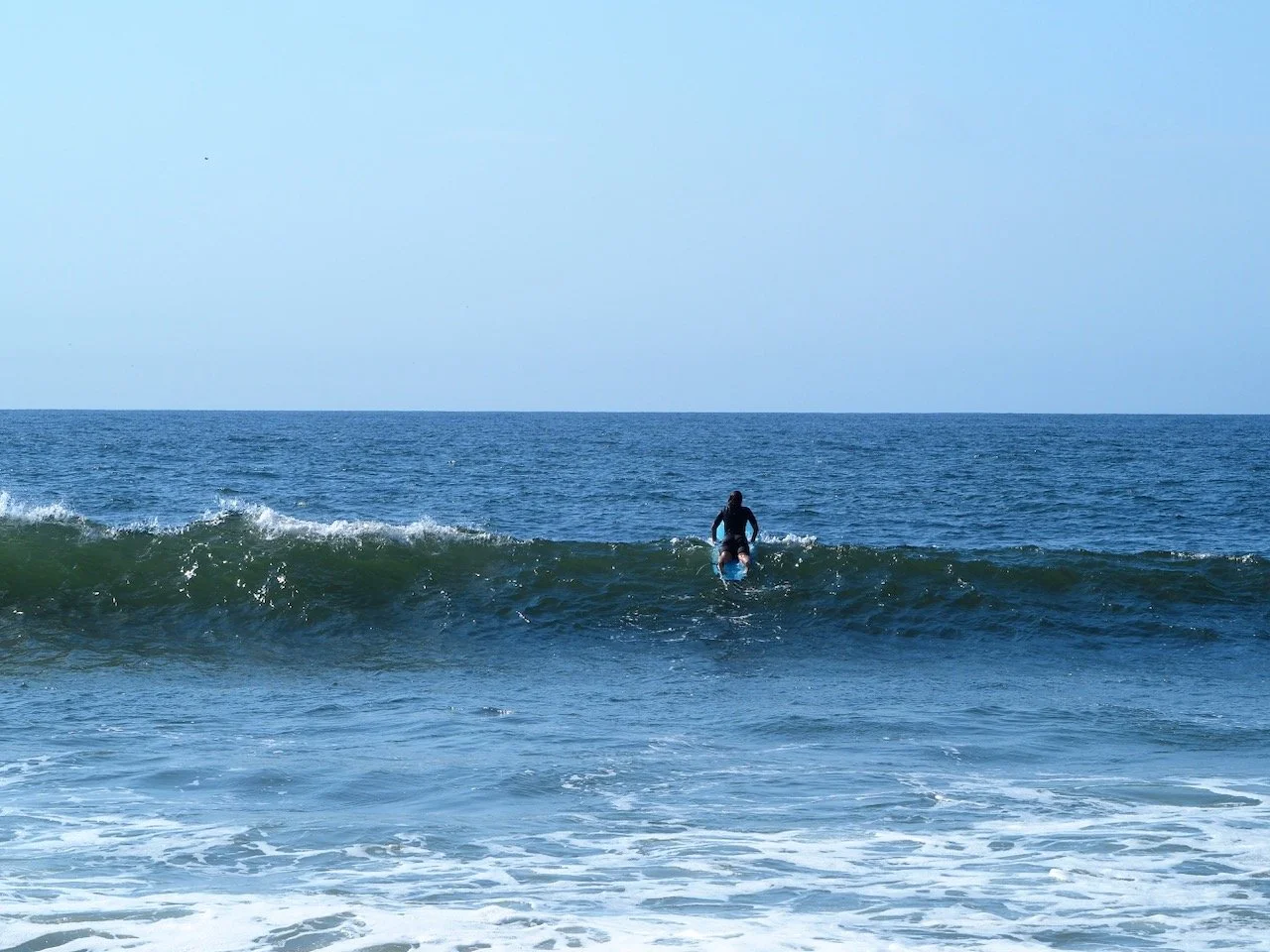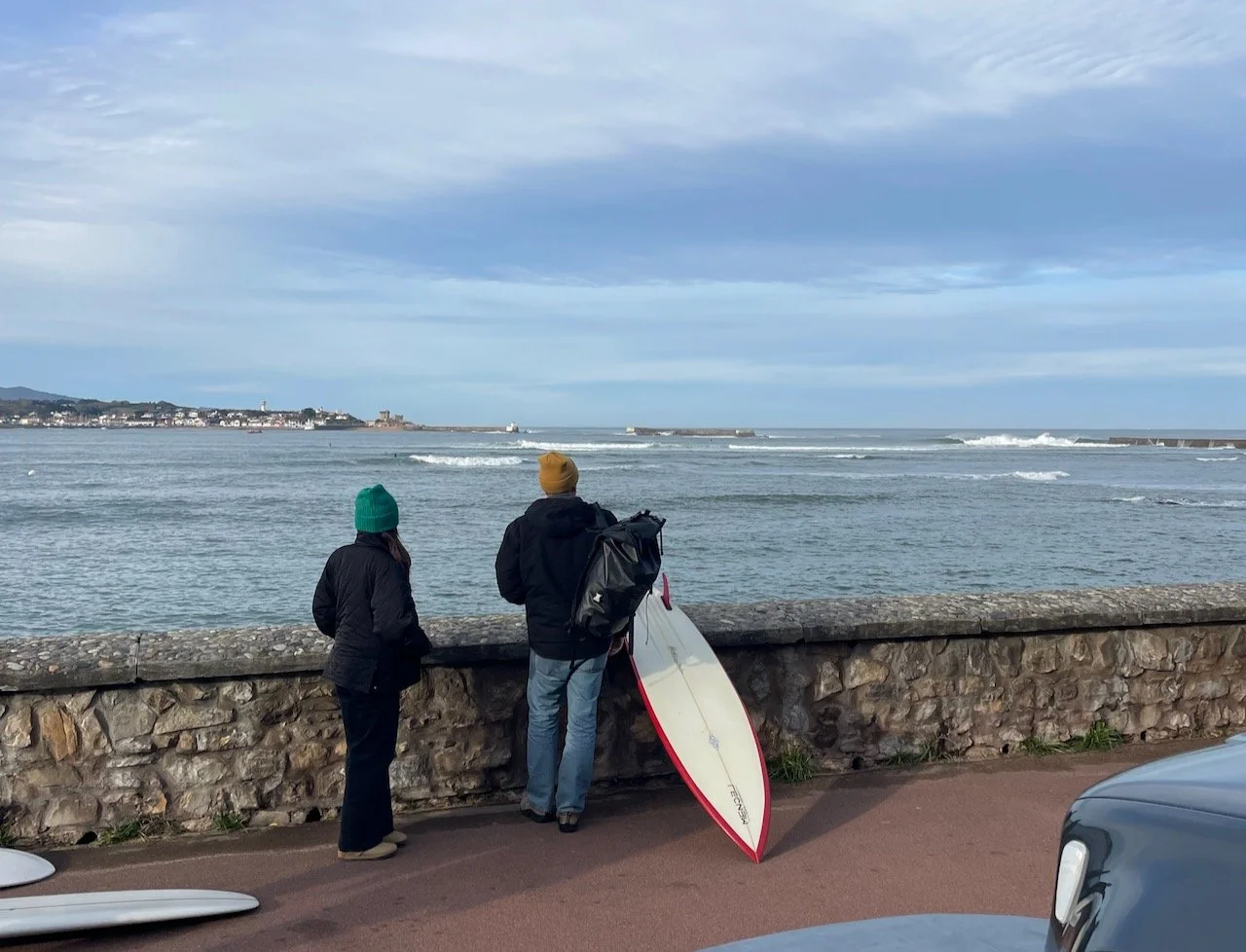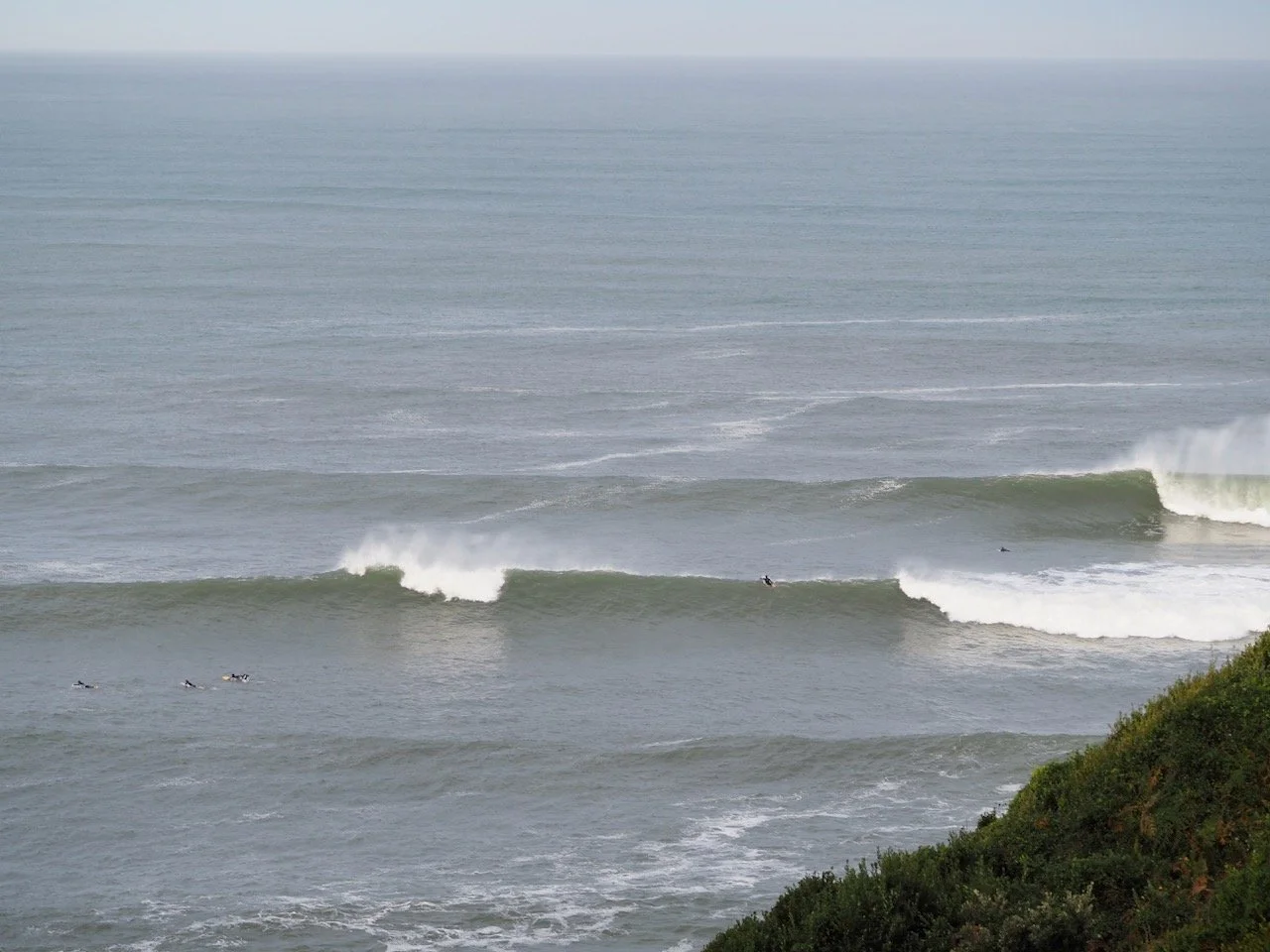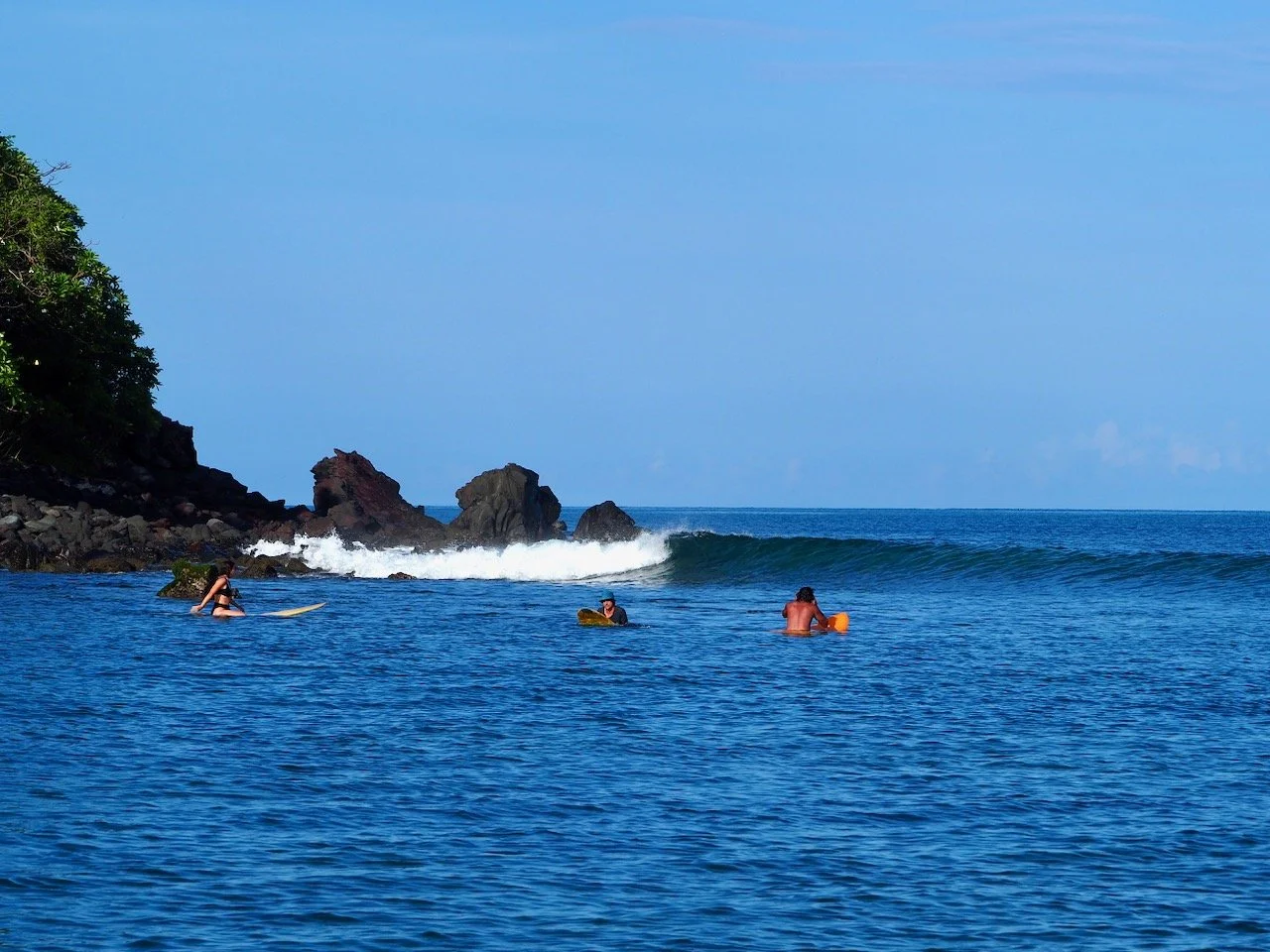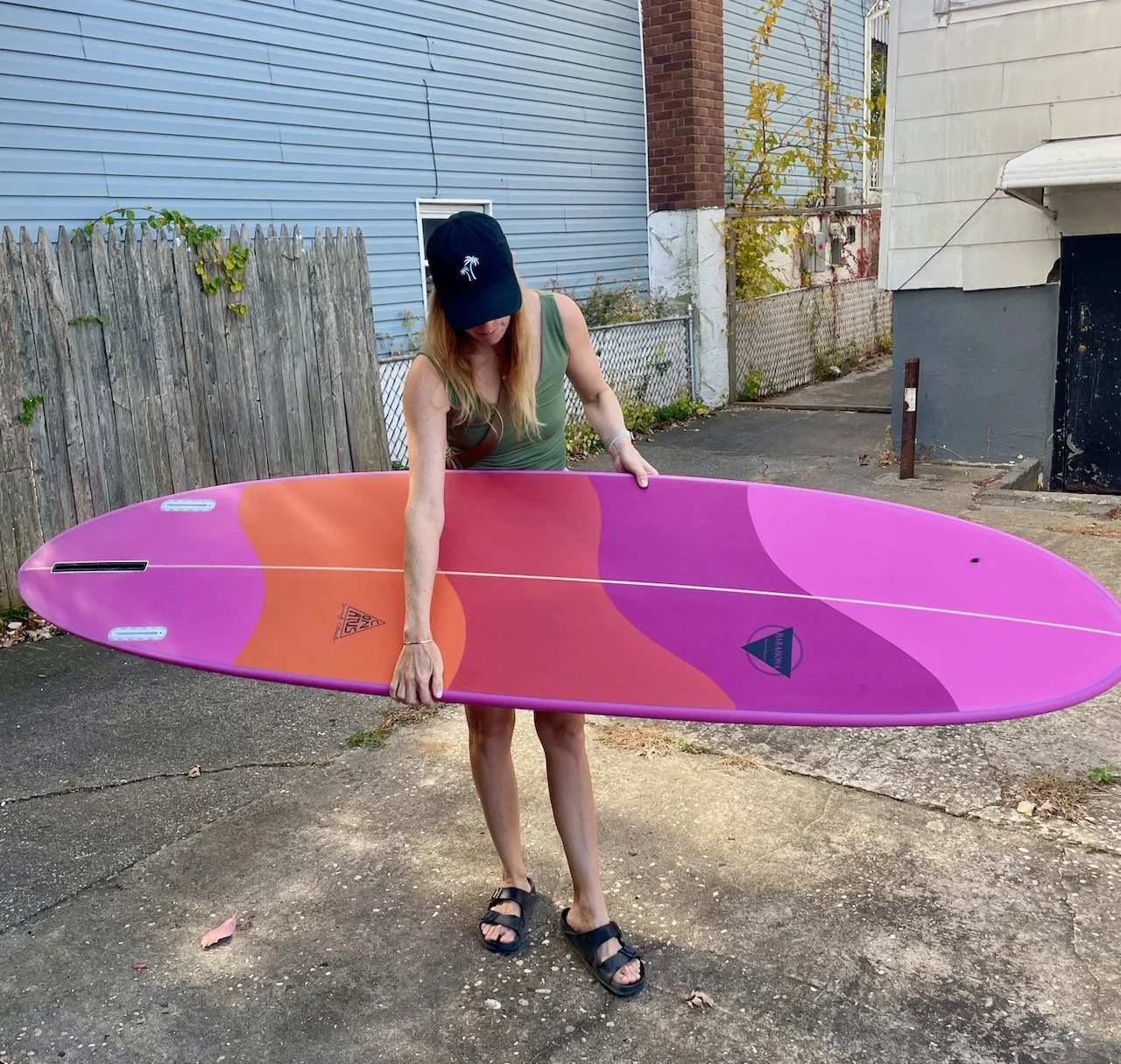Two epic coaching opportunities are coming up this winter, and I want you there with me. Whether you're looking to rack up reps on approachable California points or chase French beachbreak barrels, these trips are designed to accelerate your surfing while experiencing world-class waves.
And yeah SD is a no brainer!!
San Diego: November 8-15 (This Week!)
I'm headed to Southern California THIS WEEK for a week of high-volume surfing across San Diego's incredible range of breaks. This isn't a bucket-list destination chase—it's a strategic mission to maximize water time in clean, consistent surf.
Note: If you're reading this and want to join, reach out immediately. There may still be 1-2 spots available, but we're leaving in just a few days.
Why San Diego in November?
The beauty of San Diego is that it requires a massive swell to max out. While the rest of California gets blown out or too big, SD stays approachable. Both the south and north Pacific are active this time of year, guaranteeing clean 1-4ft surf throughout the week. The water temps are surprisingly similar to NY right now—mild enough that my 3mm hooded wetsuit and 3/2s will handle it.
The Spots
We're staying on the Pacific Beach/Bird Rock border, putting us in striking distance of dozens of quality breaks:
Tourmaline
Bird Rock
Windansea
La Jolla Shores
Seaside Reef
Cardiff
San Elijo State Beach
The location gives us options every day based on swell direction, wind, and your skill level. This isn't about forcing you into waves you're not ready for—it's about finding the right canvas to work on your technique.
The Focus: Going Right
One of my main objectives for this trip is targeting rights over lefts. Most NY surfers simply don't get enough reps going right. If you're goofy, this is your chance to dial in backside fundamentals. If you're regular, we're building that frontside confidence that translates everywhere.
Equipment & Setup
We're not bringing boards—I've arranged rentals including several 9ft longboards. Perfect for the point break glide and working on trim, positioning, and reading unbroken faces. If you prefer shorter equipment, we can arrange that too.
A Typical Day
Here's what I'm envisioning:
Early morning: Walk Pita to the beach, check buoys and winds, develop strategy
15-30 minute mobility warm-up
Dawn patrol surf until 9-10am
Beach snack or cafe breakfast
Footage review on iPad (immediate feedback while it's fresh)
Second surf session (shorter, targeted work on what we noticed in session one)
Video review back at the pad
Downtime/office work (you can work remotely, I handle admin)
Late afternoon stretches
More Pita beach time
Dinner
Early bed
Wind is the biggest variable in SD. The land curves differently than Northern California, so we'll be reading conditions daily and adapting. That's part of what you're learning—how to develop strategy based on what the ocean gives you.
Who This Trip Is For
This is ideal if you're working on:
Frontside/backside development (depending on stance)
Wave positioning and reading unbroken faces
Trim and speed generation on mellow walls
Building volume (multiple sessions per day)
Understanding how to strategize across different breaks
San Diego is happening this week—if there's still space and you can make it work, reach out now.
Southwest France: December 3-24
This is the trip. Three weeks in one of the world's premier surfing regions, rotating through multiple towns to maximize conditions and experience. I went last year and learned the zone. This year, I'm positioned to get it right.
The Route
Hossegor (December 3-19)
The crown jewel of French surfing. All manner of beachbreaks—gentle sandbars for progression and tubing wedges for those ready to step up. If a massive swell rolls through, we'll pivot to Biarritz or St. Jean de Luz, where protected nooks keep things manageable.
I'm staying longer in Hossegor this year specifically because I want to catch those firing French barrels you see in magazines. But here's the thing: between those big days are stretches of clean 2-3ft and 2-4ft surf that represent the best conditions for continued self-overcoming. Those are the days that will transform your surfing.
The Hossegor house has space for several people throughout this window, with some spots still available.
Anglet (December 20-24)
A little town right next to Biarritz with fun beachbreaks hemmed in by jetties. I stayed here last trip and preferred it to Biarritz proper—the bakeries were just as good (if not better), and I'll be making daily walks to Maison Gautier for their olive focaccia.
These beachbreaks are incredibly fun and consistent for all levels. Like all beachbreaks, the sandbars shift, so it's never exactly the same twice. Our place is small but right on the water, with a pull-out sofa in the living room if you want to join.
Guethary (December 25-30)
South of Biarritz, home to the famous Parlementia. I'll be taking some personal time this week, but I'll still be surfing daily. If you're around and want one-off sessions, I'm available.
The waves around Guethary are rock reefs and beachbreaks. It's an absolutely stunning Basque fishing village with cobblestone streets, cute cafes, and firing restaurants. A perfect way to close out the year.
Why Multiple Locations?
Last year I went in blind—Anglet for a week, Biarritz for a week-plus. I learned what I needed: where to stay, which breaks fire in which conditions, where the best bread lives.
This year's route is strategic. Hossegor for the main event. Anglet for consistent fun. Guethary for beauty and reefs. Each location offers different wave types and learning opportunities.
Water Temperature & Gear
Bring your winter wetsuit. I'm running 4/3mm hooded most days, maybe a 5/4mm if it gets properly cold. The water isn't punishing, but it's the Atlantic in December—you need proper gear to stay out long enough to get the reps that matter.
The French Advantage
Here's what makes France different from most surf trips: the variety. You're not locked into one break or one style of wave. Beachbreaks, reefs, points. Mellow rollers and dredging barrels. Playful beach waves and serious paddle-outs.
Every day presents options based on your skill level and goals. That's the beauty of posting up for three weeks—you're not scrambling to score one good day. You're building a practice.
Who This Trip Is For
France works for a wide range of surfers:
Intermediates who want to dial fundamentals in clean, consistent surf
Advanced surfers ready to work on tube riding (when conditions align)
Anyone who's been plateauing and needs the reset that only sustained water time provides
People who love good food (plant-based options everywhere)
If you've been worried about big tubes not being your jam, look at the Surfline forecast for SW France this week. Yes, there are bigger, messier days. But they always calm down. You get sick 2-3ft, 2-4ft surf that's perfect for growth. And on those forecasted 4-6ft days? That's when all kinds of spots light up across the region.
Membership Pricing & How It Works
Both trips use the Conatus Surf Club membership tier structure:
Zine Level ($25/mo): 5% off trip rates
Sustain Level ($395/mo): 15% off trip rates
Progress Level ($695/mo): 20% off trip rates
All memberships require a 3-month minimum commitment and include varying levels of coaching calls, app access, text support, and nutrition guidance depending on tier.
Base rates for non-members:
Trip/Intensive day with lodging + 2 meals: $700
Trip/Intensive day without lodging: $600
7-day intensive rate: $4,000
Training Timeline
If you're coming to France, you need to start your training program by November 15th at the latest. That gives you just under three weeks to dial in your conditioning before we hit the water December 3rd. Don't wait until you're on the trip to get surf-fit. The Roadmap to Holistic Surf-Fitness gets you prepared so you can maximize every session once you're there.
San Diego is happening this week—if you're reading this and want in, reach out immediately. For future California missions, solid conditioning going in is expected, but the focus is more on high-volume surfing and technique refinement than physical preparation.
Final Thoughts
I don't run trips for the sake of running trips. These are strategic missions to locations I know well, with clear objectives for your surfing development. San Diego for volume and fundamentals in approachable conditions. France for variety, progression, and the chance to experience world-class waves in one of surfing's most storied regions.
Both trips will have daily mobility work, video review, strategy sessions, and the kind of focused attention that accelerates growth. You'll also have downtime to work remotely, explore, or just recover.
If either of these speaks to you, reach out now. Spots are limited, and I'd rather have a small crew of committed surfers than a large group where attention gets diluted.
Let's make this winter count.
Questions? Email or text me directly.
Ready to commit? Let's get you locked in.
